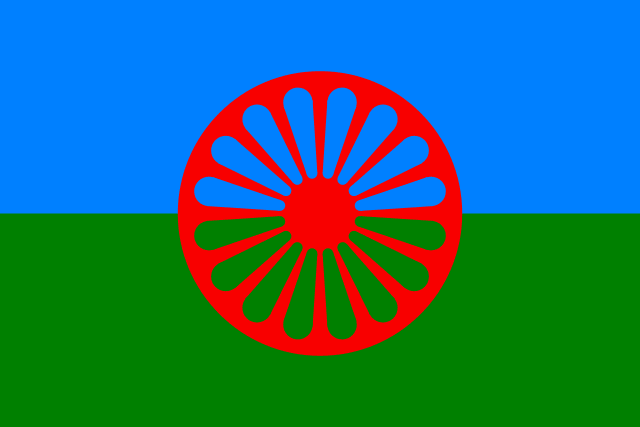An indigenous language conflict exists in Tajikistan between the dominant Tajik ethnicity and the minority Pamiri population. A loose association of several dozen languages, the term ‘Pamiri’ describes these related dialects from the Iranian language family and the ethnicities that speak them. Isolated in Tajikistan’s autonomous Gorno-Badakhshan region, the Pamiris did not develop a written form of their language until the 1920s and remained undisturbed until their assimilation into the Soviet Union in 1929 [Ilolov, M., Ilolova, P., & Yusufbekov, S., 2015]. A Pamiri push for independence during the late 1980s led to a separatist movement that plunged the country into a bloody civil war in 1992. As a result, Pamiris were targeted by the Tajik government and, although peace accords were signed in 1997, tensions remain between the Pamiri minority and Tajik majority [Sobiri, 2017]. Today, the Tajik government does not recognize the Pamiri ethnicity or language, complicating the Pamiris’ ability to use their language in schools, government, and legal affairs.
The language conflict of Hungarians in Slovakia can be described as geopolitically generated. Historically, many Slovakian tribes were oppressed under Hungarian rule. However, with the shifting of borders, the once majority population can become a minority in a short time span. The dissolution of the Austria-Hungarian empire displaced many Hungarians in Slovakia. The Treaty of Trianon of 1920, which formally ended World War I, redrew the borders of the former empire and created a new state, Hungary. Many ethnically Hungarian peoples were left outside of the newly declared nation. Previously, many Slovaks in Hungary were mistreated and had little language rights, and the shifting balance of power allowed some Slovaks to act on their prejudice against Hungarians. This conflict still causes tension between Slovaks and Hungarians, especially with language laws passed as recently as 2009 that mandate the use of Slovak in public life.
The Sámi indigenous minority group has inhabited the Scandinavian Peninsula since approximately 8000 BCE. In Norway, the Sámi lived largely isolated lives until the end of the Middle Ages, as Norwegian settlers and missionaries began to move north. Early missionaries encouraged the use of Sámi language, and for the most part the Sámi were left alone; however, in the mid-19th century there was a rise in Norwegian nationalist sentiment which discouraged the use of languages other than Norwegian. By the start of the 20th century, full rights could only be gained in Norway by speaking Norwegian, leading to a decline in the Sámi language and forced adoption of Norwegian in schools. A gradual shift post-World War II led to protection of Sámi language in schools and media, as well as legal protection of Sámi lands, culture, and an autonomous parliament since 1989. Tensions still exist in some parts of Norway, but Sámi culture and language remain supported by the Norwegian government.
Synopsis

The Roma people have a long history of statelessness that has contributed to their current language conflict situation. Influenced by many different languages, the Romani language is a collection of diverse dialects [Lee, 1998]. The Roma have been heavily discriminated against since their original migration into Europe in the 14th century CE [Kenrick, 2007]. While they and their language are Indo-European, they are racially distinct from other Indo-European and non-Indo-European (e.g., Hungarian, Estonian) peoples who migrated into Europe before them. Without any widely recognized literary, historical, or religious traditions of their own, the Roma have never “belonged” in any country they settled in, nor collectively organized themselves into a coherent “nation”. Today they remain stateless and scattered, making it difficult to provide them with any uniform legal defense or social protections. . Romani is currently listed as “definitely endangered” on the UNESCO Atlas of the World’s Languages in Danger [2017], meaning that Romani children are no longer learning the language as their mother tongue in their homes. As a consequence of this, there is an ongoing effort to codify and then propagate a standard dialect of Romani to help revitalize and protect their language.
The language conflict on both the island of Puerto Rico and within mainland US Puerto Rican communities has been present since the United States gained control of the island from the Spanish in 1898. Prior to the colonial shift, Puerto Rico had been a Spanish speaking island for almost 400 years, before English was suddenly introduced in 1902. As such, this can be characterized as a geopolitical minority conflict: both English and Spanish have been official languages in Puerto Rico since 1902, but Spanish has always been the chosen language of the majority of the population and remains the language of official business on the island. There is also a large population of Puerto Ricans living in the mainland United States who face different challenges as full citizens confronted with the stigmas that come from being looked upon as immigrants because of their language. While people of the island fight to protect the Spanish language as their cultural heritage, many Puerto Ricans living on the mainland remain proud of their bilingual identities. Meanwhile, the debate over statehood for the island continues as it has for over a century.